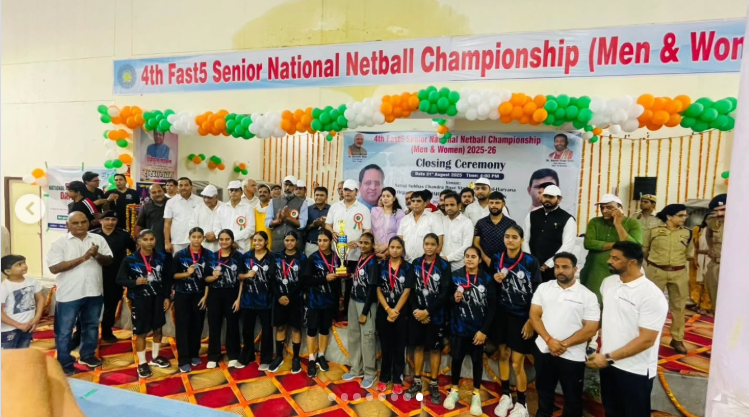Chhattisgarh Switch to Hindi
Breach of Luti Reservoir in Chhattisgarh
Why in News?
A breach in the Luti (Satbahini) reservoir in Dhaneshpur village of Chhattisgarh’s Balrampur district caused a flash flood, resulting in fatalities, injuries, and significant property damage.
Key Points
- About: The Luti Dam, also known as the Luti (Satbahini) reservoir, is a small dam located in Dhaneshpur village near Vishramnagar in Balrampur district, Chhattisgarh, India.
- It was constructed in the early 1980s and served as a key water source for local irrigation and agriculture.
- Reports indicated concerns over dam leakage and structural integrity for several years, but recent intense monsoon rains overwhelmed the aging infrastructure.
|
Key Details About Luti Dams |
|
|
Attribute |
Detail |
|
Name |
Luti Dam |
|
Purpose |
Irrigation |
|
River |
Upka Nala |
|
Nearest City |
Surajpur |
|
District |
Surguja |
|
Basin |
Ganga |
Flash Flood
- Definition: Flash floods are sudden increases in water levels during or immediately after intense rainfall. They are highly localized and short-lived events, typically occurring within 6 hours of rainfall.
- Causes: Flash floods are primarily caused by intense rainfall that overwhelms the soil’s absorption capacity and drainage systems.
- Apart from heavy rain, flash floods can also result from rapid snowmelt due to sudden temperature rise, dam or levee breaches, ice or debris jams, and sudden glacial lake outbursts.
- Additionally, urbanisation with impervious surfaces like roads and buildings increases runoff, reducing water absorption and intensifying flood risks.
- Examples: Himachal 2023, Uttarakhand 2013, and Mumbai 2005 each caused by intense rain, leading to heavy loss of life and property.


Jharkhand Switch to Hindi
Mithila Cultural Council
Why in News?
The Mithila Cultural Council (Mithila Sanskriti Parishad), Jamshedpur, became the first Jharkhand-based institution to be affiliated with the Sahitya Akademi under the Maithili Advisory Board.
- The Council is expected to promote, preserve, and enrich the Maithili language and literature in the region by working in tandem with national literary efforts.
- The Sahitya Akademi also approved the translation of 22 books from Punjabi, Odia, Tamil, English, and Hindi into Maithili, as per the Advisory Board’s recommendations.
Maithili Advisory Board
- The Maithili Advisory Board of the Sahitya Akademi is a dedicated panel that oversees and promotes Maithili literature as part of the Akademi’s efforts to support major Indian languages.
- The Sahitya Akademi is India’s National Academy of Letters, supporting 24 recognized languages, each with its advisory board.
- The board includes distinguished Maithili authors, critics, and scholars, who recommend books for publication, organize seminars, and guide literary activities in Maithili.
- The board operates on a term basis, usually for five years, and its members are recognized for their significant contributions to the Maithili literary landscape.
- It helps in the nomination for the Sahitya Akademi Awards in Maithili and helps set linguistic and literary priorities.
Maithili Language
- Maithili is a language spoken in Bihar belonging to the eastern sub-group of the Indo-Aryan branch. Bhojpuri and Magadhi are closely related to the language.
- The language is claimed to have developed from the Magadhan Prakrit.
- It was the literary language of all of eastern India during the medieval period.
- It was popularised in the 14th century by poet Vidyapati and solidified the importance of the language in literature.
- Maithili language has been accorded Constitutional status in 2003 and it became one of the 22 languages mentioned in the 8th Schedule of the Constitution.


Chhattisgarh Switch to Hindi
4th Fast5 Senior National Netball Championship
Why in News?
Recently, the women's teams from Rajasthan and Chhattisgarh clinched bronze medals at the 4th Fast5 Senior National Netball Championship 2025-26, held at Netaji Subhash Chandra Bose Stadium, Palwal, Haryana.
Key Points
- Overview: The championship was organized from 28th to 31st August 2025, with 26 state teams participating.
- Winners:
- The Rajasthan team, captained by Nidhi Sharma (who had previously led them to gold and silver at the 38th National Games in Uttarakhand), showcased exceptional teamwork and determination.
- The Chhattisgarh team battled fiercely through the quarterfinals and semifinals to secure the bronze medal, bringing pride to the state and inspiring future athletes.
- Significance: The successes are expected to encourage more female participation in netball and other sports, supporting the vision of gender empowerment and youth sports development.
|
Winners - Men's Category |
|
|
Gold |
Haryana |
|
Silver |
Kerala |
|
Bronze |
Telangana & Punjab |
|
Winners - Women's Category |
|
|
Gold |
Haryana |
|
Silver |
Punjab |
|
Bronze |
Chhattisgarh & Rajasthan |
Netball
- Netball is a fast-paced ball sport played by two teams of seven players each, aiming to score goals by shooting a ball through a high ring on a rectangular court.
- Netball Federation of India is the national governing body for netball in India.
- It promotes, regulates, and develops the sport across all states and age groups.


Bihar Switch to Hindi
Chief Minister Women’s Employment Scheme
Why in News?
Bihar Chief Minister Nitish Kumar launched the Chief Minister Women’s Employment Scheme, offering ₹10,000 to women in Bihar to start businesses, provided they join Jeevika Self-Help Groups.
- This was complemented by the Prime Minister’s launch of the Bihar Rajya Jeevika Nidhi Saakh Sahkari Sangh, aimed at providing affordable loans to Jeevika members.
Key Features of Scheme
- Objective: To provide one woman from each family in Bihar with an initial financial assistance of ₹10,000 to begin self-employment ventures.
- Implementation: Women wishing to start employment under the scheme must join the Jeevika Self-Help Group, which will provide the necessary funds. The application form format for the scheme has been finalized, and women will start receiving funds in September.
- The Rural Development Department will act as the nodal agency for the scheme, while the Urban Development and Housing Department will offer necessary support for its implementation.
- Future Prospects: After six months, an evaluation of the scheme's impact will be carried out. Depending on the success of the initiative, beneficiaries could receive up to ₹2 lakh in additional support.
- Role of Local Markets: The scheme will also encourage the establishment of local markets or ‘haat bazaars’, where women can sell products made by them, boosting their economic independence.
- Impact: This initiative aims to curb the outflow of people from Bihar in search of employment, ensuring better job opportunities within the state.
Bihar Rajya Jeevika Nidhi Saakh Sahkari Sangh Limited
- Objective: The Jeevika Nidhi has been conceived as an alternative financial system to reduce dependence on Microfinance Institutions (MFIs) and ensure the timely availability of larger loan amounts at lower interest rates.
- Membership: All registered cluster-level federations of Jeevika will become members of the Society.
- Funding: For the operation of this institution, the Government of Bihar, as well as the Central government, will contribute funds.
- Transparency: The system will function solely on a digital platform, enabling faster, more transparent fund transfers directly to Jeevika Didis' bank accounts, with 12,000 community cadres receiving tablets to support this process.


Uttar Pradesh Switch to Hindi
Anupam Gupta Appointed UP SEIAA Chairman
Why in News?
Anupam Gupta has been appointed as the Chairman of the State Environment Impact Assessment Authority (SEIAA) in Uttar Pradesh for a three-year term by the Ministry of Environment, Forest and Climate Change (MoEFCC).
- He is a retired Indian Forest Service (IFS) officer (1989 batch), having served for 35 years in forestry.
State Environment Impact Assessment Authority (SEIAA)
- About: The State Environment Impact Assessment Authority (SEIAA) is a statutory authority constituted by the Central Government of India under the Environment (Protection) Act, 1986.
- It is responsible for granting environmental clearances at the state level for select categories of projects or activities as specified in the Environment Impact Assessment (EIA) Notification of 2006.
- Purpose and Function: SEIAA’s primary role is the appraisal and clearance of Category 'B' projects (smaller-scale projects with less impact compared to Category 'A', which are cleared by the central Ministry) within a state or union territory.
- SEIAA works in conjunction with a State Expert Appraisal Committee (SEAC), which provides technical support for project appraisals.
- Composition and Appointment: The Authority is constituted by the Central Government, usually upon recommendations from the State Government or UT administration.
- It consists of three members: a Chairman (an expert in environmental policy/management), another expert member, and a Member Secretary (a serving state/UT officer familiar with environmental law).
- All members, except the Member Secretary, hold office for a term of three years from notification publication date.
- PARIVESH Portal: Each state and union territory in India has its own SEIAA, with these authorities listed and accessible through the Ministry's PARIVESH portal, which manages environmental clearance proposals nationwide.


Maharashtra Switch to Hindi
Kunbi Status for Marathas in Marathwada
Why in News?
The Maharashtra government has issued a Government Resolution (GR) enabling Marathas in Marathwada to secure Kunbi caste certificates, thereby qualifying for reservation benefits under the Other Backward Classes (OBC) category.
- The move draws on historical references in the Hyderabad Gazette that documented Marathas as Kunbis during the Nizam’s rule.
The Hyderabad Gazette
- Before Independence, Marathwada was part of the Hyderabad State under the Nizam.
- Official gazetteers from the period recorded demographic and caste details, including peasants, artisans, and occupational groups.
- The Hyderabad Gazette of 1918 and even earlier records from 1884 identified sections of the Maratha community as Kunbis, an agrarian caste.
- The Nizam’s administration extended educational and job reservations to these groups, recording them officially as Kunbis.
- These documents have become central to today’s demand for OBC status, with activists notably Manoj Jarange Patil urging that Kunbi references be used to establish Maratha genealogies.
Government Resolution (GR)
- About: The GR provides a structured framework for verification, requiring applicants to demonstrate their Kunbi lineage with historical evidence. This will help Marathas establish their Kunbi credentials and access benefits under the OBC quota.
- Committee Structure: A three-member committee at the village level, comprising the gram revenue officer, gram panchayat secretary, and assistant agriculture officer, will review all applications.
- Documentation: Applicants who do not possess land ownership documents must submit affidavits proving their or their ancestors' residence in the area before 13 October 1967. Affidavits or testimonies from relatives, clan members, or other villagers with Kunbi certificates will also be considered.
- Issuance of Caste Certificates: Based on these investigations, authorities will issue one of three types of caste certificates: Kunbi, Kunbi-Maratha, or Maratha-Kunbi.
- However, blanket Kunbi status for all Marathas or expanding the definition to include "sage soyre" (blood relations) is unlikely to be accepted.
Committee Action and Expanded Evidence
- To strengthen implementation, the government had earlier set up the Justice Sandeep Shinde Committee (Sept 2023) to trace Kunbi records in Marathwada.
- The panel has so far identified over 7,000 previously untraced entries, and its mandate has been extended till December 2025 to study additional gazetteers from Satara, Bombay, and Aundh.
- Additionally, amendments made in July 2024 to the Maharashtra Caste Certificate Act, 2000, have broadened the range of acceptable documents, easing access for landless farmers and agricultural laborers who often lack formal land records.
Maratha Community
- The Marathas, historically a warrior-agrarian caste, make up nearly one-third of Maharashtra’s population.
- While they have long dominated state politics with 12 of 20 chief ministers since 1960 hailing from the community, many Marathas, especially in rural areas, have faced economic decline due to agrarian distress and shrinking opportunities.
- The present push for OBC inclusion stems from the Supreme Court’s 2021 ruling, which struck down the state’s Socially and Educationally Backward Class (SEBC) Act, 2018, that had granted Marathas a separate quota.
- The Court held that the law breached the 50% reservation ceiling and lacked sufficient grounds to establish Marathas as a “backward class.”
- Following this, sections of the community have sought recognition as Kunbis, already part of the OBC list, using historical records as evidence.
- Marathas from 11 Vidarbha districts and some from North Maharashtra and Konkan are already registered as Kunbis to avail the OBC quota.


Maharashtra Switch to Hindi
International Business and Finance Centre (IBFC)
Why in News?
The Maharashtra cabinet has approved the land acquisition and expenditure provision for the International Business and Finance Centre (IBFC) in New Nagpur, with the goal of establishing the city as a key commercial and financial hub.
Key Points
- About: The IBFC will be developed on approximately 692.06 hectares of land in Godhani and Ladgaon villages, Hingna taluka, under the jurisdiction of the Nagpur Metropolitan Region Development Authority (NMRDA).
- Cost: The total project cost is estimated at ₹6,500 crore, including ₹3,000 crore for land acquisition and ₹3,500 crore for developing the business district and infrastructure.
- Financing for the project will be sourced through a loan from HUDCO, backed by a government guarantee, and the project is also exempted from stamp duty to facilitate development.
- The National Building Construction Corporation (NBCC) is appointed as the project management consultant.
- Features:
- The IBFC aims to create a world-class commercial hub focused on attracting knowledge-driven industries, startups, major corporate houses, and service sectors.
- Infrastructure plans include integrated smart utilities, “plug-and-play” facilities, green and inclusive urban planning, and a single-window clearance system for businesses.
- Impact:
- The project is expected to generate over 5 lakh jobs, making it one of Maharashtra’s most employment-intensive urban initiatives.
- It is envisioned to reduce congestion in existing city areas, retain local talent, and establish Nagpur as a prominent economic center at both the national and international level.
- The IBFC forms the core of the broader “New Nagpur” urban development vision, which includes upgraded city logistics such as a new outer ring road and dedicated transport terminals.



.gif)

.png)





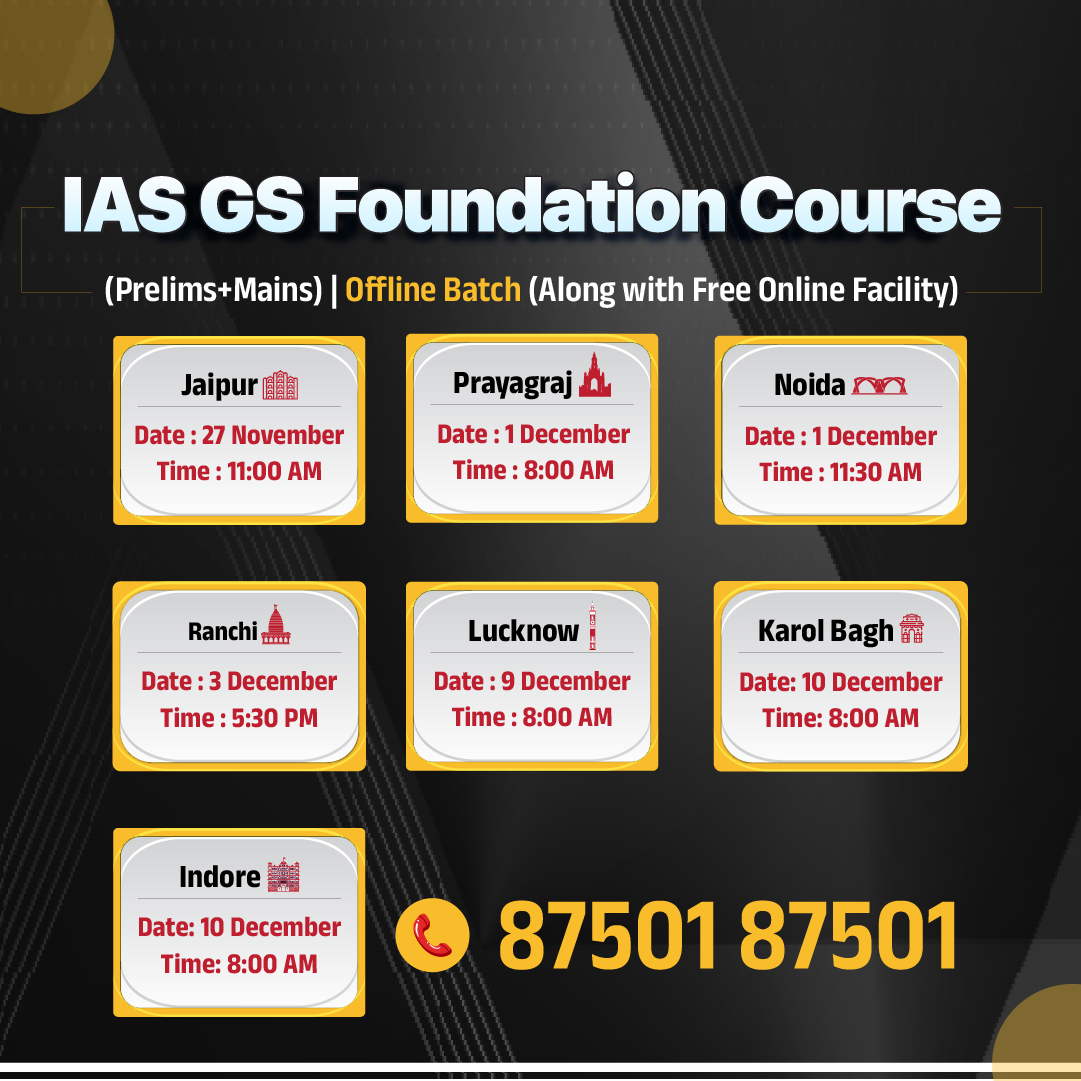





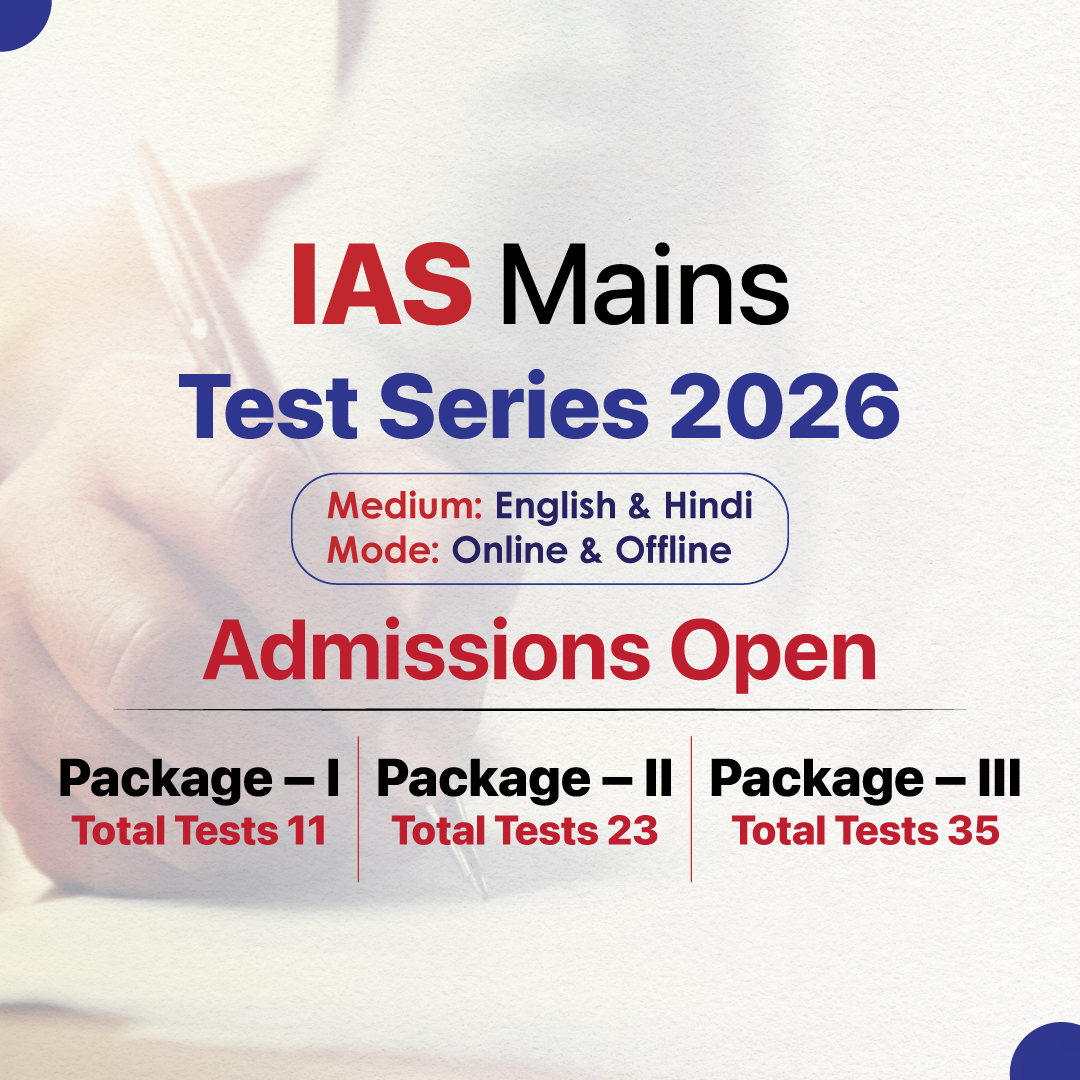

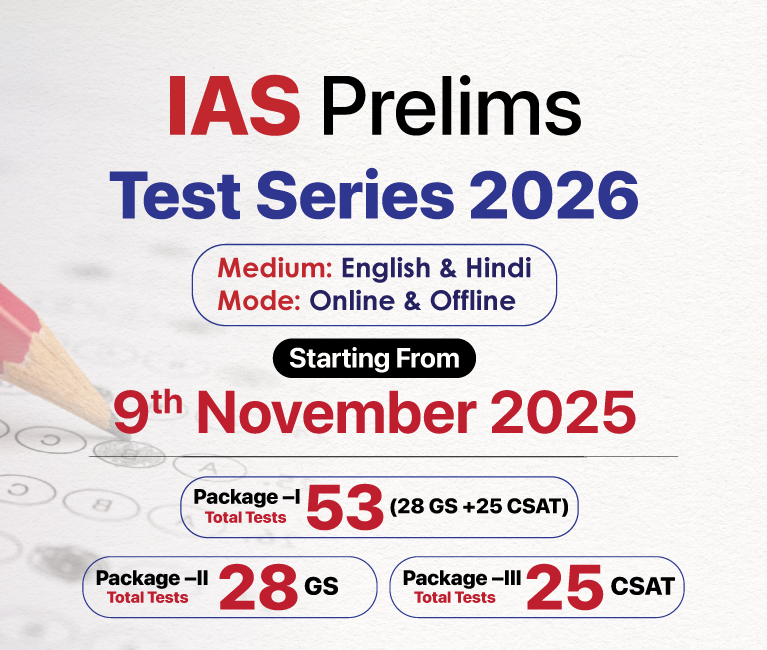


.png)
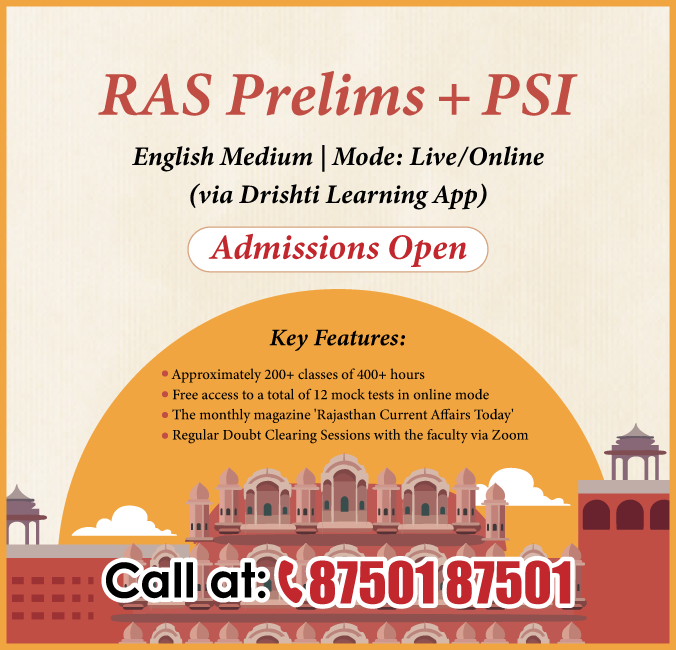

.jpg)

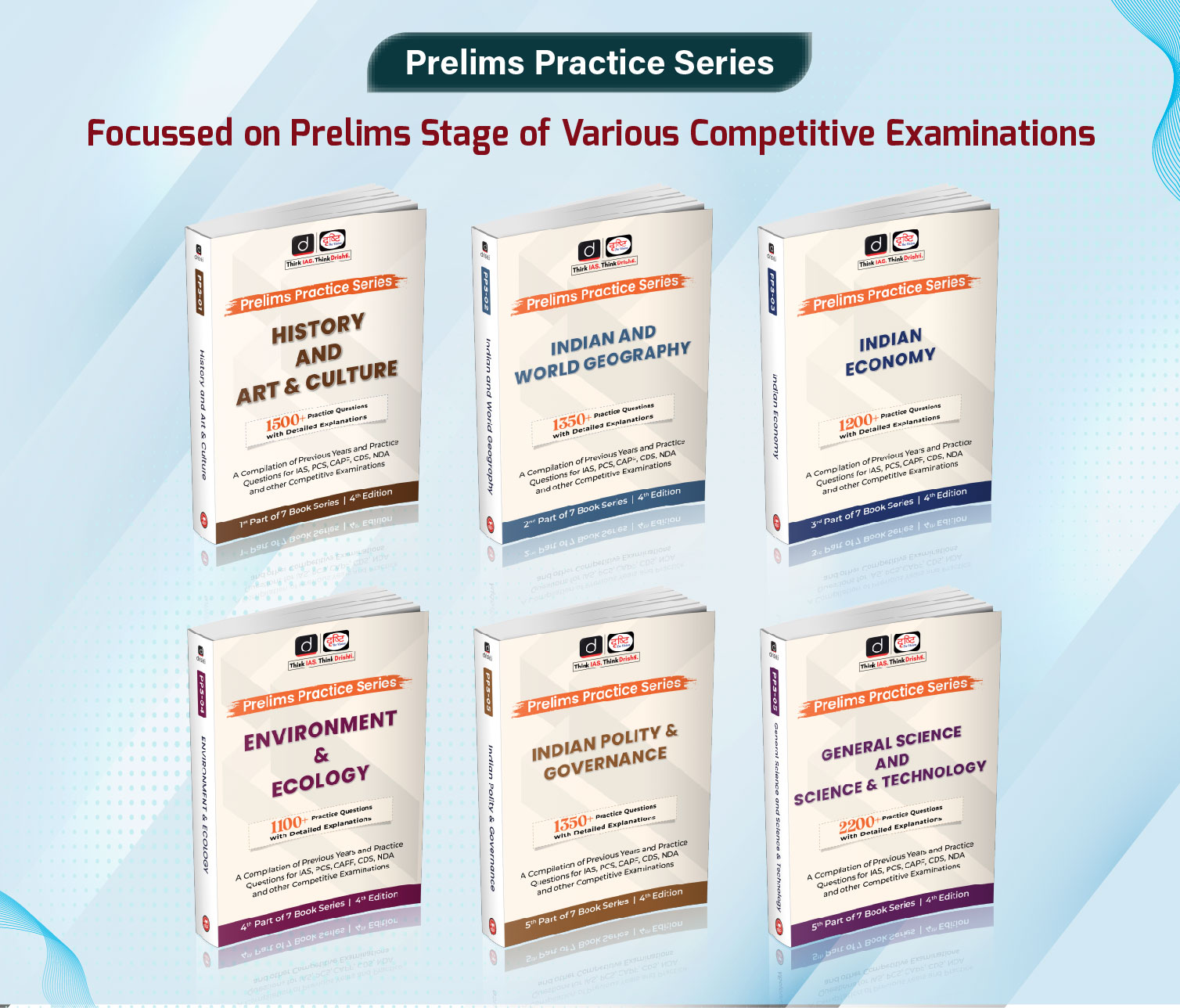

 PCS Parikshan
PCS Parikshan